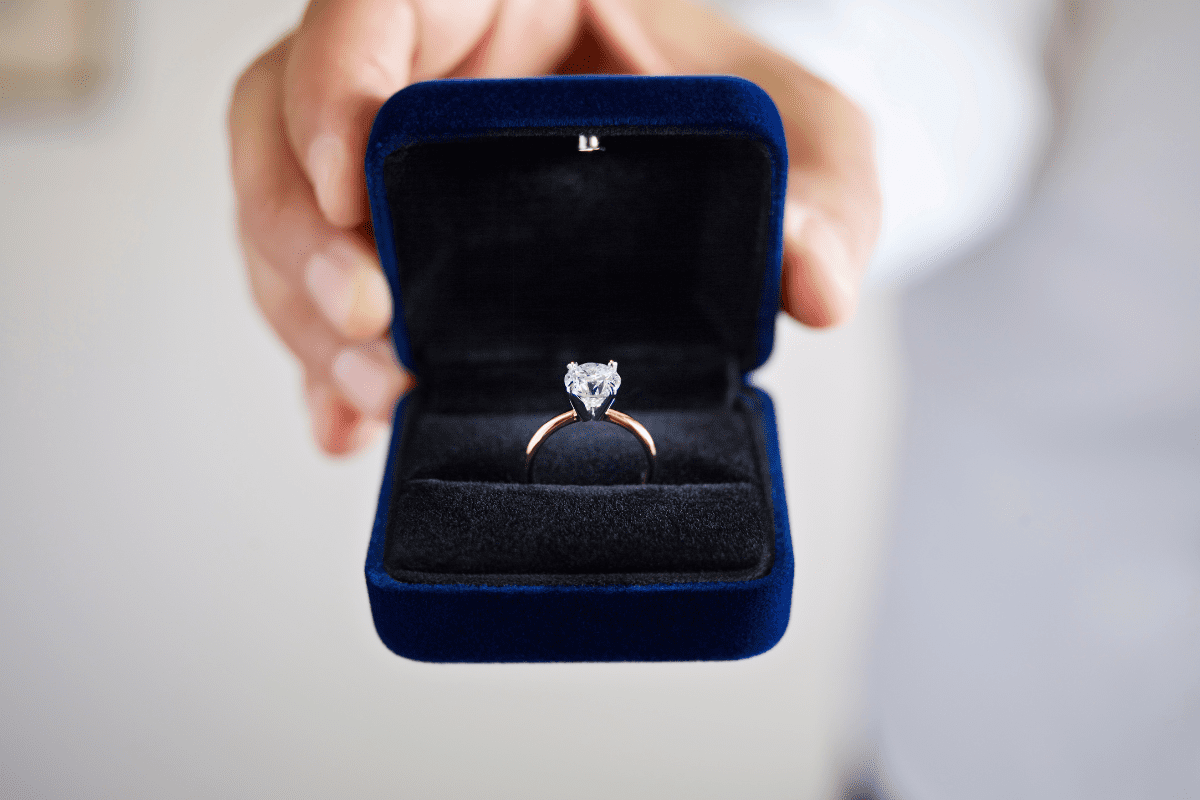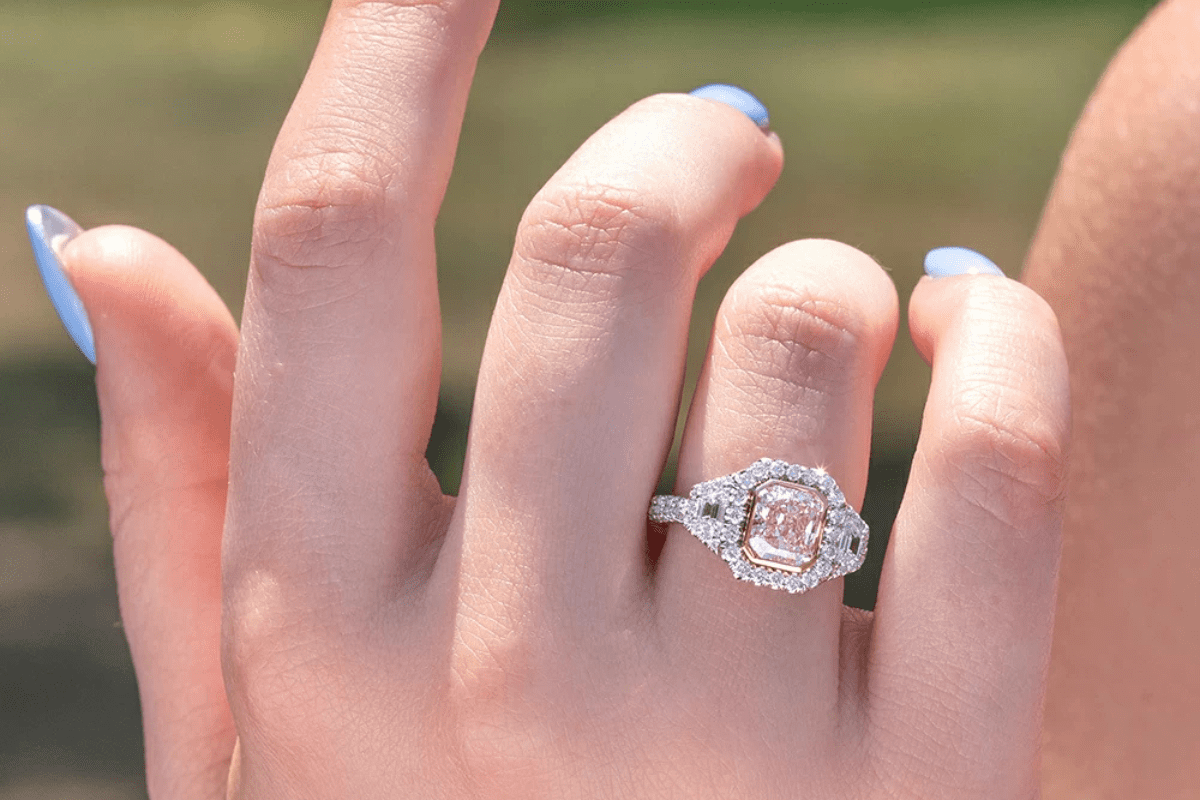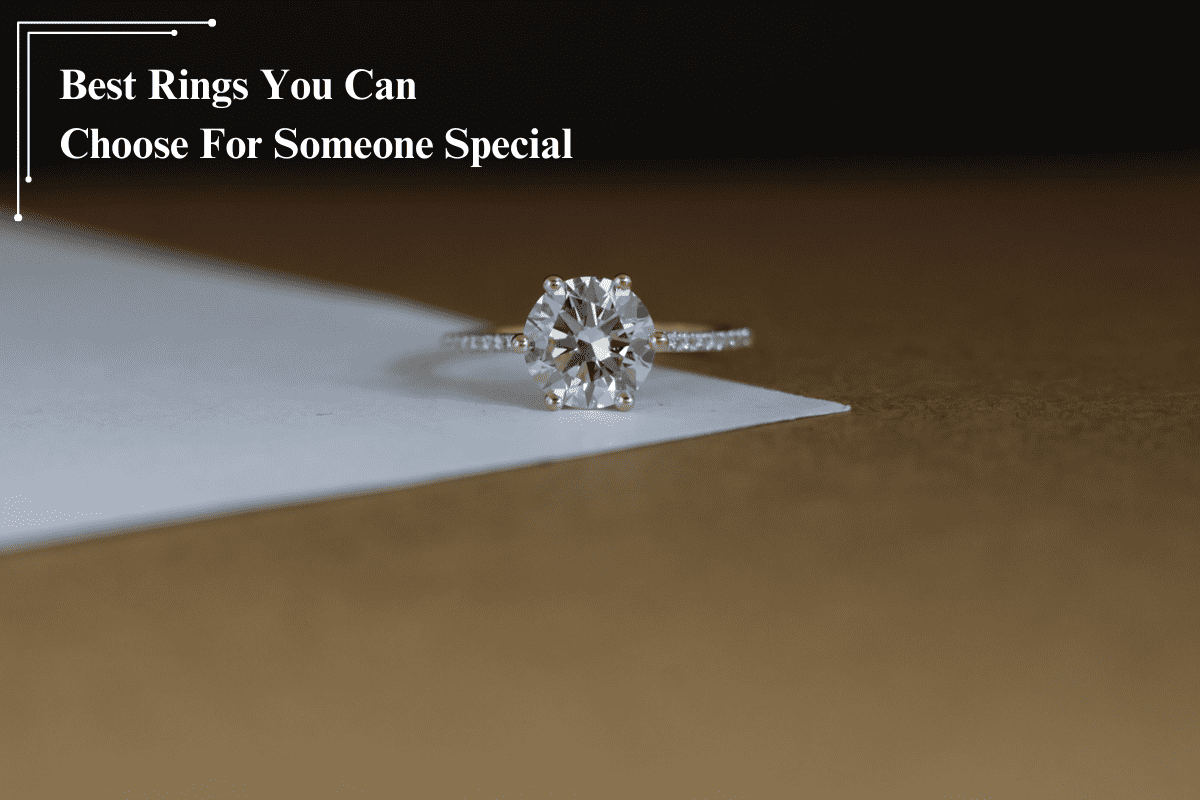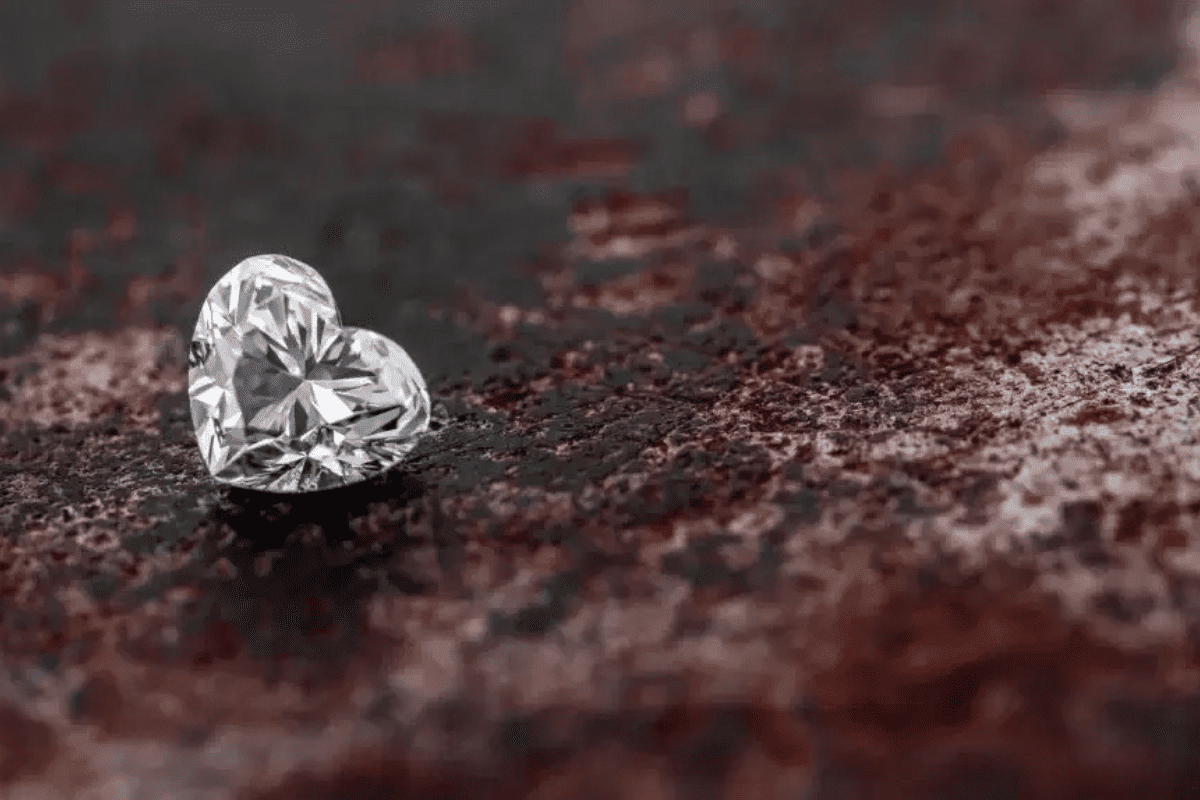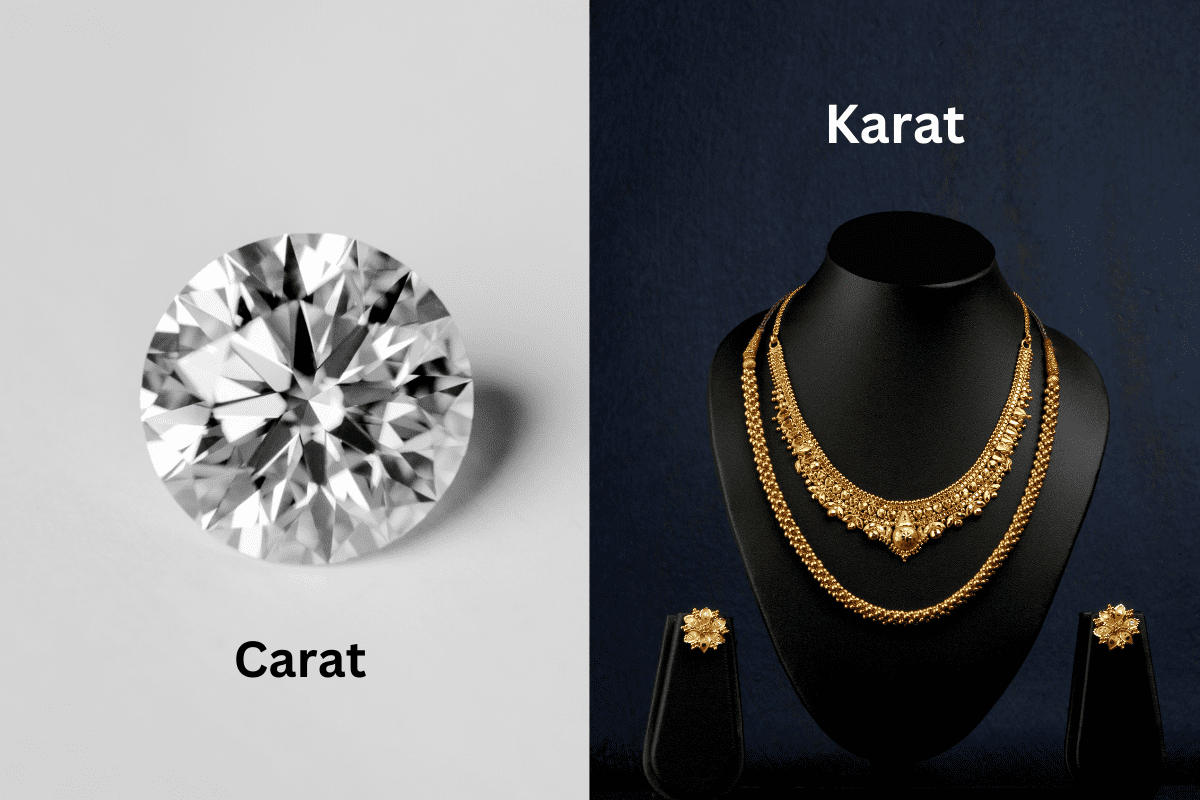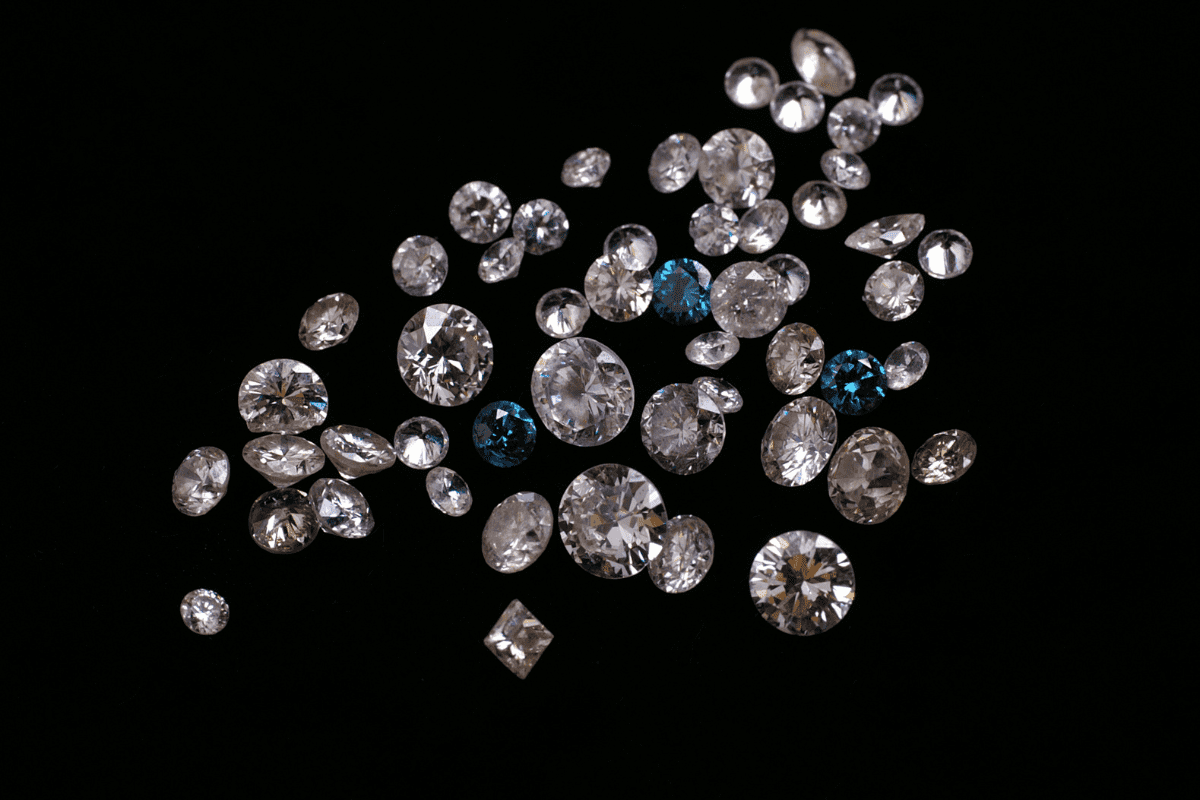When it comes to the engagement ring, there are few designs that straddle the truly classic and the open modernity as does the oval cut diamond. This soft classic shape and brilliant sparkle have been soaring in popularity for the last ten years. This ultimate vintage charm enhances every hand's finger shape with undeniable sparkle. This symbol may signify your love story.
Here we discuss everything you need to know about oval cut diamond rings, from their features to the tips on how to choose one. So, are you ready?
What About the Oval Cut Diamonds Sets Them Apart?
The oval cut is a modified brilliant cut, which means that it draws the best from sparkle and fire from the diamond. It mixes the elegance of a round brilliant cut with an elongated shape, charming yet versatile. Here is what suitably puts it apart:
Elongated Shape for a Flattering Look
The elongation of oval shapes helps to create the illusion of long, slender fingers, giving an impression of sophisticated elegance. It is, therefore, a perfect choice for anyone who wishes to subtly and simply enhance the appearance of their hands.
Brilliance in Comparison to Round Diamonds
Just like its rival, the round brilliant cut, the oval cut gives its cut 58 facets (little surfaces that light bounces off). That translates to just about the same sparkle with a slightly more unconventional and contemporary silhouette.
Larger Appearance for Your Budget
Oval diamonds tend to look larger than round diamonds of the same carat weight due to their surface area being dispersed over an elongated shape. This makes it a great choice if you want a large look without going over your budget.
A Nod to Vintage and Modern Styles
The oval cuts became trendy in the 1960s; however, they indeed date back to ancient jewelry design. Presently, they are cherished for whatever would fit into a setting with vintage charm-inspired designs, or clean, modern way.
Design Ideas for Oval Cut Engagement Rings
Allegedly, oval diamonds are one of the most versatile. You can style it with almost any setting matched up with your preferred metal. Here are some preferred styles to consider:
Solitaire Settings
You can have a simple solitaire setting to enable the display of an oval diamond. The stone's brilliance is very well maintained with a simple narrow band in platinum, white gold, or rose gold.
Halo Settings
Encircle your oval diamond with the halo of smaller diamonds to make your diamond sparkle more and portray a vintage look. A pave band increases the glamour.
Three-Stone Designs
Such rings embody the past, present, and future and are made up of an oval center diamond with trapezoid, round, or pear-shaped side stones.
Shaping in Vintage and Art Deco Styles
They may include, but aren't limited to intricate milgrain detailing, filigree accents, or geometric-motif patterns. An oval diamond set in a gold band immediately creates a sense of old-world romance.
East-West Settings
Modernize the oval diamond by placing it sideways, as opposed to the traditional vertical dimensions. The unexpected direction is still artistic and fresh.
4 Key Tips For Choosing An Ideal Oval Diamond
Size isn't everything in the oval diamond- it's about quality and proportions. Here are some tips for procuring an oval diamond:
Focus on Cut Quality
Well-cut oval diamonds are proportionate and symmetrical, avoiding stones that tend to be narrow (looking "stretched" round,) or very wide (looking kind of chubby).
Check for the Bowtie Effect
Most of them will feature a dark, bowtie-shaped shadow cutting right across the center if they have not been cut very well. A small bowtie, which may be slight, is acceptable but a heavy one may make the stone look unattractive. Check this in different lighting conditions.
Consider Color and Clarity
Oval diamonds have higher hiding colors than step cuts (emerald and Assher). On the other hand, a G-H for white gold/platinum to enhance that white look, or look into the warmer tones (J-K) with yellow or rose gold.
Notably, with inclusions near edges or corners, they become less noticeable, having an excellent balance of value and eye cleanliness in VS1-VS2 clarity grades.
Think Carat and Coverage on Finger
Even a one-carat oval looks like quite a bit because of the overall length it has. If a person cares for size, that too is important, but cut quality will affect sparkle more than carat weight alone.
Why Oval Diamonds Are Having Moment
From celebrities like Blake Lively to Hailey Bieber and now Serena Williams, it's pretty easy to know why ovals have crowned a red-carpet favorite. Trends aside, the oval is the quintessential shape for tradition versus individuality. It's a shape that's as timeless as it is personal, standing for a love that is long-lasting yet uniquely yours.
Care Tips for Your Oval Cut Ring
To keep your oval diamond brilliant:
Clean with mild soap and warm water at regular intervals.
Don't wear it when lifting heavy or while playing sports.
Schedule a professional cleaning and prong check once a year.
Final Thoughts: Is It the Oval Cut Ring for You?
This is one option that is really beautiful if you are going to find an engagement ring that is elegant, flexible, and slightly unconventional: the oval cut. It makes any vintage inspired yet still feels very much contemporary purporting a very classic yet fresh view onto couples who would want a ring to reflect that mix.
Ready to begin? Go to a trusted jeweler to view oval diamonds in person—their brilliance and unique character are captivating in real life!
Place To Buy
Leranath Diamond has over 7+ years experience in customize lab grown diamond and Jwellery. We export to various retailers, wholesalers, jewelers, jewelry manufacturers and importers around the globe. We strive to become the leader in the diamond industry without losing focus and integrity as a family owned.
More Tiers for a Further Dive
The History of Oval Cut Diamonds
The oval cuts were, in fact, very much in vogue about 1960. Yet, the oval's history goes back to as far as the 14th century. Seems that most of those early gem cutters were experimenting with elongated shapes to simulate the sparkle of round diamonds along with carat retention. The mid-20th century brought along the modern oval cut designed and perfected by Russian diamond cutter Lazare Kaplan. "Up to now, such a system has never been used by the diamond industry in a different way," he explains further, as he introduces symmetry along with fiery brilliance. Therefore, it became a favorite with people who love craftsmanship combined with a contemporary twist.
Oval vs. Other Diamond Cuts: Compare
Round Brilliant: While it shows undoubted sparkle, it doesn't have the elongated, shape flattering-on-fingers silhouette of ovals.
Emerald Cut: Has step facets to create a sleek, mirror-finish look, but does not have the fire of the oval.
Pear Shape: More elongated, but with a teardrop shape, which can feel more whimsical than the oval's balanced curves.
Cushion Cut: Has a romantic, pillowy shape, but does not really create the same slimming effect as an oval.
Budgeting for an Oval Diamond Ring
Oval diamond cost out at 20-30% less for each carat than round brilliants, so they are great for putting jewelry on a budget for a larger stone. For instance, a 1.5-carat oval could cost the same as 1 carat round. Instead of going for carat size, go for cut quality; and make the most of sparkle; think about lab-created diamonds for added savings (these are chemically similar to mined stones, yet costs about 40% less).
Ethical Considerations
For those about sustainability may consider looking for:
Lab-grown diamonds: Eco-friendly and conflict-free.
Certified mined diamonds: Ensure they are sourced from ethical mines through Kimberley Process certification.
Vintage rings: Repurposing a pre-loved oval diamond results in minor environmental impact.
What Is the FAQ?
Are oval diamonds durable?Yes! Diamonds are the hardest natural substance that exists on Earth, but the elongated shape makes it easily subjected to chipping at the North and South ends or tips. A protective setting like a bezel or V-prongs can help.
Will the oval engagement ring connect with a wedding band?Of course! A curved or open band complements the oval's shape, while accompanying a delicate pavé band for understated glamour.
Does an oval diamond look smaller than a round diamond?Not at all because their elongated shape tends to optically make them appear larger face-up.
Final Words
Oval cut diamond engagement rings aren't just trendy; they're today's enduring and unique love symbol. They boast timeless elegance with great versatility and budget-friendly appeal, making them an easy example of why so much interest has grown in these rings amongst modern couples. From a minimalist solitaire to vintage halo inspiration, your oval diamond ring will be a stunning art piece representing your journey together.
For proposals, shopping together, or even dreaming of the future, there’s nothing better than an oval cut diamond engagement ring to gild the lily on your love. This cut of diamond continues to have hearts around the world swooning, and with good reason; its timeless sparkle and flattering silhouette makes it well worth the investment. 💍✨
